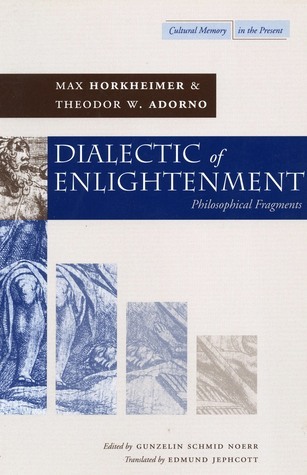
# Navigating the Sharp Edge: The Significance of Adhering to Guidance on the Spiritual Journey
“When the journey resembles a sharp edge, it’s wise to adhere to guidance.”
This lyrical analogy, sourced from the timeless Katha Upanishad, conveys a significant spiritual insight: traversing the path of enlightenment is not only arduous but also perilous if approached heedlessly. Similar to walking along a razor’s edge, the spiritual journey requires equilibrium, dedication, and fundamentally, humility in heeding the counsel of those who have traveled before us.
In today’s world, where spirituality is increasingly treated as a commodity and often approached independently, this appreciation for tradition and systematic teaching is frequently overlooked. However, for those genuinely pursuing transformation — beyond mere psychological relief or validation — guidance is not just advisable. It is crucial.
## The Sharp Edge: Understanding the Perils of the Path
The metaphor of a sharp edge illustrates how intricate and hazardous attaining spiritual enlightenment can be. Unlike more straightforward endeavors such as picking up a new language or honing a skill, spiritual growth occurs within the enigmatic landscape of the mind — rife with shadows, ego pitfalls, and illusions that can easily masquerade as genuine progress. Thus, the danger arises not from external challenges but from internal misinterpretations.
Without appropriate direction, even commendable practices like meditation or altruism may reinforce the very structures of the ego. You might gather spiritual merits — also acknowledged as positive karma — and yet still remain trapped in the gilded shackles of self. As a teaching from the Tibetan Buddhist tradition states: “Positive karma is still karma. It still binds.”
So what’s the answer? Follow the roadmap. Pay attention to the guidance from saints and sages. Adhere to the instructions.
## The Significance of Spiritual Guidance
Genuine spiritual traditions — be it Buddhist, Hindu, Sufi, Christian mystical, or others — place immense value on the lineage of teachers and clear guidelines for practice. This isn’t a hierarchical structure for the sake of ego but rather a safeguard. These systems are created not to dominate but to safeguard and direct aspirants through the often bewildering terrain of spiritual awakening.
Effective guidance offers clarity of objectives, structure in practice, and assistance when challenges inevitably emerge. Take meditation, for instance. Without the right motivation, mindfulness reduces to merely mental upkeep — preferable to nothing but ultimately not liberating. You may ease your anxiety but not your existential distress.
Real guidance anchors your practice in purpose: to awaken so thoroughly that you become a source of liberation and encouragement for others. This broader, selfless motivation — referred to in Mahayana Buddhism as bodhicitta — shifts the spiritual journey from egocentric escapism to compassion-centered existence.
## Spirituality Beyond Self-Enhancement
In contemporary society, spiritual practices are often used as wellness aids — methods for better sleep, improved mood, or recovery from fatigue. On the surface, there’s nothing inherently wrong with this. Yet these applications are like utilizing a GPS to navigate city streets when its purpose is to guide you across vast oceans.
Ancient spiritual traditions were not created just to enhance your comfort. They aimed to entirely free sentient beings from suffering — to obliterate illusion and recognize the interconnected, radiant essence of reality. That is a wholly different goal than personal enhancement.
Adhering to guidance means aligning our motivations with the depth of the practice, not the reverse. Genuine meditation is not simply “me-time.” It’s “we-time” — a method to refine your consciousness to be of service to the wider world.
## Virtue and the Shimmering Chain of Karma
A paradox inherent in mature spiritual paths is the cost of virtue. Creating positive karma might result in improved circumstances — health, abundance, clarity — but unless paired with the intention to rise above the ego and assist others, it becomes just another attachment.
This does not imply we should refrain from doing good, but rather that we need to grasp the ultimate objective. Awakening calls us to surpass all self-serving karmic accumulation — even the virtuous kind — and transition into a selfless perception of unity with all life. That’s the razor’s edge. That’s the direction the guidance leads us toward.
## Meditate — But Understand the Purpose
Many individuals turn to meditation for valid reasons: stress reduction, emotional healing, or mere curiosity. You may even achieve significant milestones — in Buddhist terminology, stages like “stream-entry.” However, even these achievements fall short if your deepest motivation remains tethered to the self.
Instead, inquire: How can I be of service to all beings, throughout time and space? Even if you don’t completely comprehend what this involves, orienting your intention this way will ensure your practice unfolds in sync with reality.
As noted in the article, realization is not for your illusory self to revel in. It is for the boundless whole to awaken through your limitless awareness, manifested in compassion and courage.
## Awakening Entails Responsibility
Genuine awakening does not detach you from the pain of the world — it interconnects you with it, lovingly. The suffering of others is no longer “